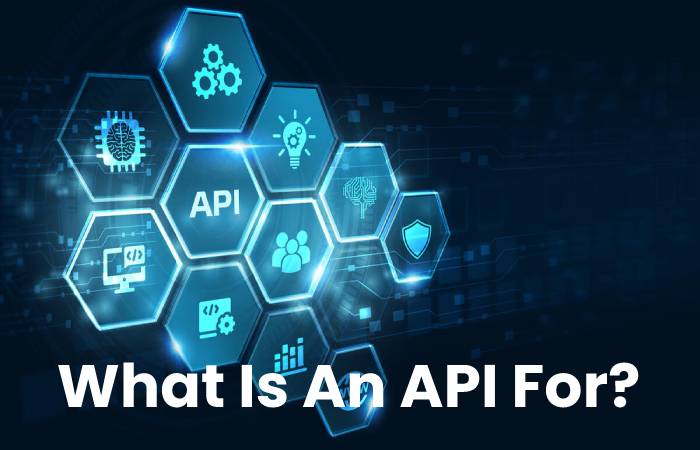API
We will explain what APIs are and what these protocols are for, which are a fundamental part of the functioning of current applications and websites. Surely you have heard about them more than once when a specific popular service puts limits on their API or creates new ones to extend their use in other applications.
We will start by explaining to you in the simplest way we can what exactly an API is and what its main uses are. Then, we will finish with some examples with which you will get an idea of what they are for and how they remain used in practice.
What Is An API
API is an abbreviation of Application Programming Interfaces, which means application programming interface in Spanish. It is a set of meanings and protocols used to develop and integrate application software. Allowing communication between two software applications through rules.
Thus, we can speak of an API as a formal specification that establishes how a software module communicates or interacts to fulfill one or many functions. All depend on the applications that will use them and the API owner’s permissions to third-party developers.
If you have originated this far, you have heard of these APIs but do not understand how they work. That is normal because they are never on the surface of a web or application. They are not the visible part but the internal circuits that only developers see and connect to make a tool work.
For an average user, the only thing you will see from an API is the results. How do you open a mobile game and connect to your Facebook account to log in. Or how you can publish the results of a play on Twitter. Or when that application sends you notifications to your mobile or computer.
As we have said before, APIs can have both one and several functions and can become authentic toolkits. When this happens. Your application can send a request with a particular structure. Which will determine how the service or software to which you are sending that request will respond.
They can be private for the use of a company, open only for partners. Or public for any developer to interact with them or create their APIs. They can also be local APIs for applications that communicate within the same environment or device or remote access to a different point.
Non-open source services also allow others to use specific features of your applications or services without providing them with code. These external developers will be able to use a function without knowing how the processes that make it possible work internally.
What Is An API For?
One of the main functions of APIs is to make it easier for developers and save them time and money. For example, if you are creating an online store application. You will not need to create a payment system or another from scratch to check if there is stock available for a product. You can use the API of an existing payment service. For example, PayPal, and ask your distributor for an API that allows you to know the stock they have.
With this. It will not be necessary to reinvent the wheel with each service that remains created since you can use parts or functions that others have already made. Imagine that each online store had to have its payment system. It is much more convenient for regular users to do so with the primary services that almost everyone uses.
Also read:
How To Write Product Reviews?
How to Use Product Reviews to Sell More on Amazon
What Can Content Marketing do for your Business?
What are the Ways of Digital Marketing
Related searches
[application programming interface]
[what is the role of a platform application programming interface [(API)?]
[what is rest API]
[types of API]
[api example]
[api full form]
[api for dummies]
[api integration]
